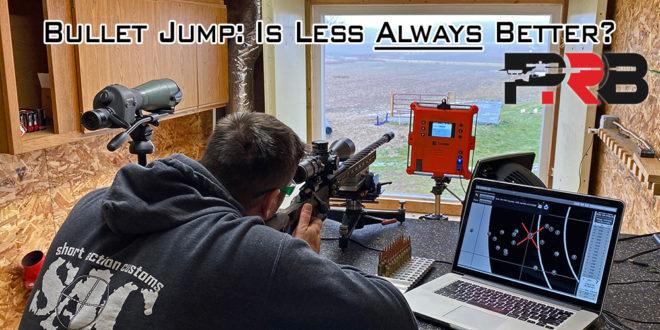CONatureBoy
Well-Known Member
Suggest you read https://precisionrifleblog.com/2012/07/13/creighton-audette-ladder-testing/ and follow it rigorously at a fixed depth. The Berger 215 is a hybrid ogive, so it shouldn't be very sensitive to seating depth. (That's been my experience.) I personally find accuracy nodes quickly taking one shot at 0.2-grain increments in very controlled conditions (shooting off a bench into no wind or light wind). Once I find a node, I confirm it with a three-shot or five-shot group. After that, if you don't like the accuracy, play with seating depth.
Seating close to the lands usually helps accuracy. Your barrel swings vertically, and when you change the charge weight, you're changing where in the swing the bullet exits the muzzle. You want the bullet to exit the muzzle at the top of the swing (when the barrel is still, just before it starts its downward excursion). That's what folks call an "accuracy node." The whip of the barrel in the middle of the swing magnifies any errors you introduce moving the gun while you shoot. That's what you want to avoid.
Seating close to the lands usually helps accuracy. Your barrel swings vertically, and when you change the charge weight, you're changing where in the swing the bullet exits the muzzle. You want the bullet to exit the muzzle at the top of the swing (when the barrel is still, just before it starts its downward excursion). That's what folks call an "accuracy node." The whip of the barrel in the middle of the swing magnifies any errors you introduce moving the gun while you shoot. That's what you want to avoid.

